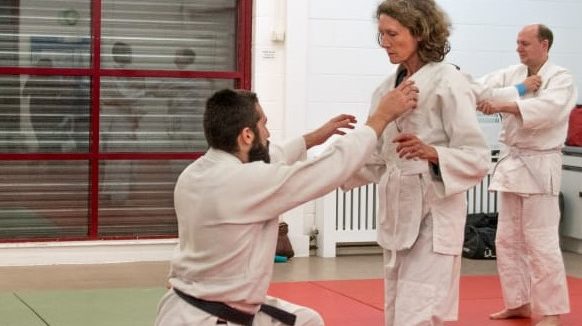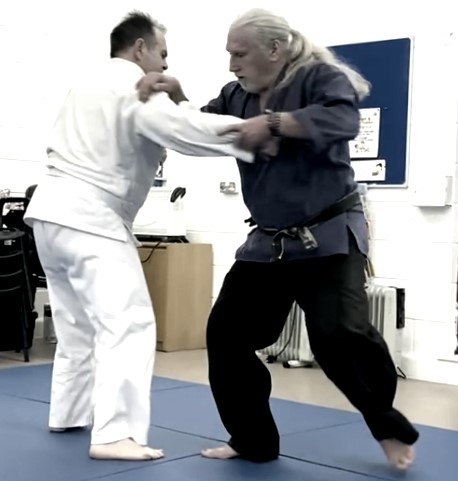In this article, we will explore the key differences between martial arts and sport combat, and why being relaxed is so important in self-defence situations.
While both martial arts and sport combat share similarities in their techniques and physical training, their purposes and approaches to combat differ significantly.
Martial arts, such as Krav Maga, Aikido, Junomichi and Japanese Jujitsu, emphasise self-defence and personal development. They prioritise efficiency, grace, and control over brute force and aggression.
A fundamental principle of martial arts is to be relaxed and centred, which allows for greater awareness, faster reactions, and more effective use of energy. By learning how to stay calm and centred in stressful situations, practitioners of martial arts can develop the skills necessary to defend themselves and others effectively.
On the other hand, sport combat, such as MMA and boxing, focuses on competitive combat and winning at all costs with rules and a referee. While athletes in these sports also train extensively, their primary goal is to outscore or defeat their opponent in a specific set of rules. The emphasis is on using brute force and aggression to overcome the opponent, rather than efficiency, and control.
In a real-life self-defence situation, the approach of sport combat can be less effective than that of martial arts.
This is because the red light reflex, or withdrawal response, can take over when we sense danger, which can lead to an inefficient, ineffective response.
What is the red light reflex?
This is a primitive response that causes our muscles to tense up, making our movements slower and less efficient. This can impair our ability to defend ourselves and make it easier for an attacker to overpower us.
In contrast, martial arts training emphasises being relaxed and centred, which allows for greater awareness and faster reactions. By learning how to stay calm and centred in stressful situations, martial arts practitioners can maintain their mobility and use their energy more effectively. This can make all the difference in a self-defence situation, where speed, agility, and precision are key to success.
In conclusion, while both martial arts and sport combat have their place in combat sports, they differ significantly in their purpose and approach.
——————-
These books offer different perspectives on martial arts, self-defence, relaxation, and the philosophy behind them.
They could help provide a deeper understanding of the differences between martial arts and sport combat and the importance of being relaxed in self-defence situations.
- “Meditations on Violence” by Rory Miller
- “The Tao of Gung Fu” by Bruce Lee
- “The Art of Peace” by Morihei Ueshiba
- “Zen in the Martial Arts” by Joe Hyams
- “The Book of Five Rings” by Miyamoto Musashi
- “Karate-Do: My Way of Life” by Gichin Funakoshi
- “Aikido and the Harmony of Nature” by Mitsugi Saotome

